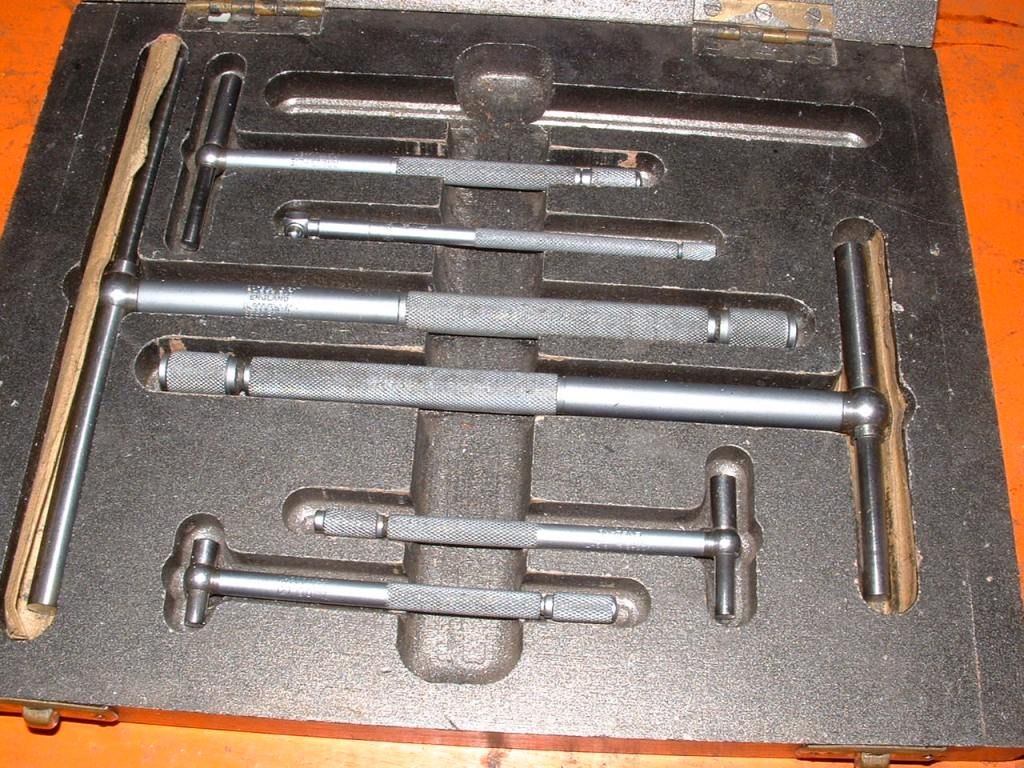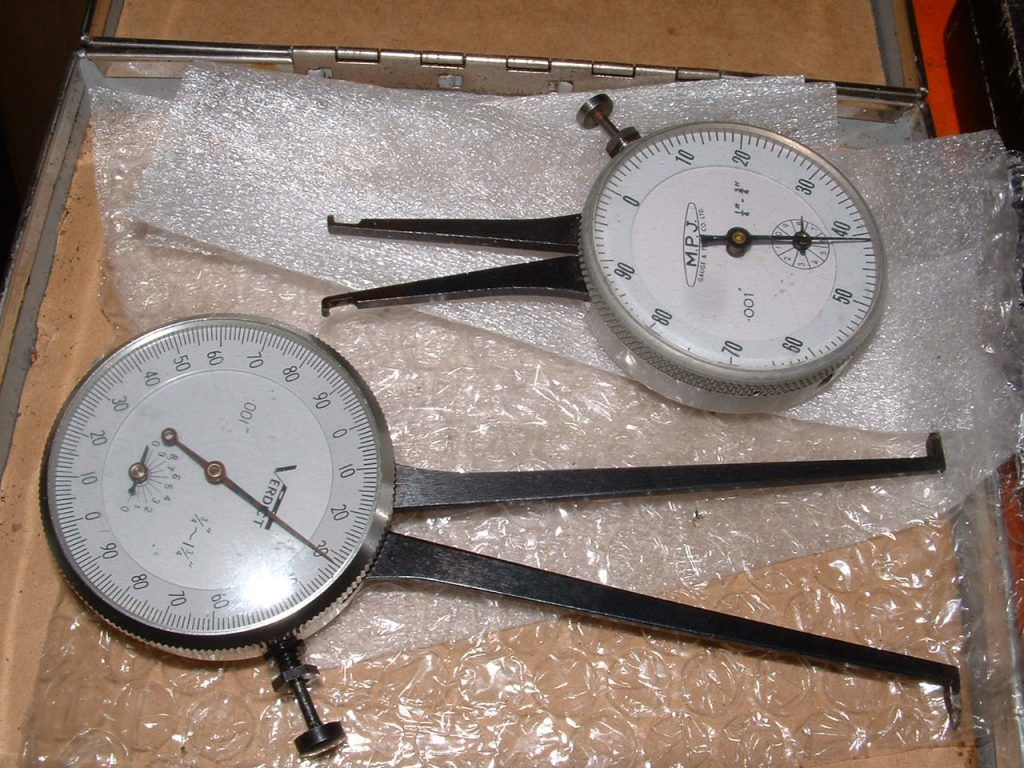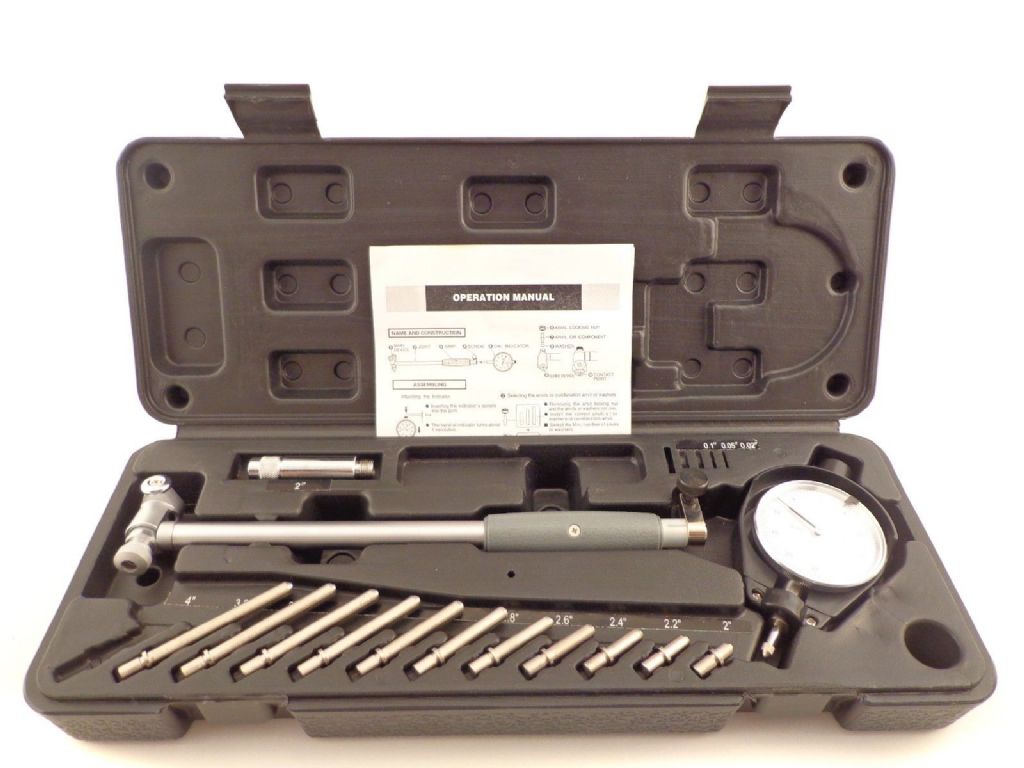Hi folks,
I am attempting to produce a part with a bore of 13.98mm diameter x about 22mm long.
As you would expect, I am producing this on the lathe but am experiencing difficulties measuring it. First choice was an internal caliper, but mine has a minimum capacity of 15mm. 2nd choice was a 100mm dial caliper with a resolution of 0.02mm Although I specifically bought this tool because of its size for use on the lathe, I have found it awkward to use for measuring bores, due, I think, to the shortness of the internal jaws, together with difficulty in determining accurate location across the diameter. Third choice was Starrett 150mm dial caliper with a resolution of 0.01mm. This was, much to my surprise, much easier to use than the 100mm dial caliper, but even so, there were problems determining accurate location across the diameter.
Furthermore, neither caliper would reach very far down the bore.
In the end, I produced a set of Go/NoGo gauges and these did the job.
I'm now wondering about a set of "Small Hole Gauges" covering the range 3mm – 13mm and a set of Telescopic Gauges covering the range 8 – 150mm. such as those sold by Arc Euro Trade.
Does anyone have any thoughts about these items? Problems with their use? Things to look out for? Not specifically Arc's items, but these tools in general.
Regards,
Peter G. Shaw
Peter G. Shaw.








